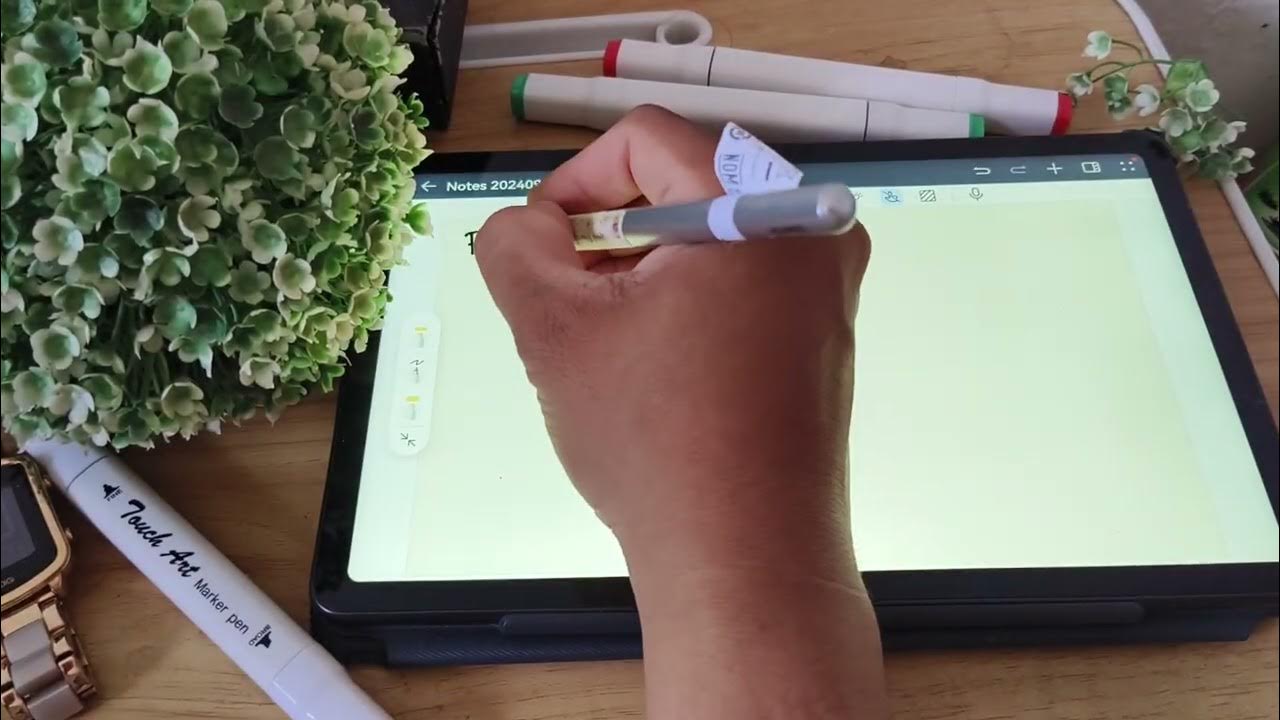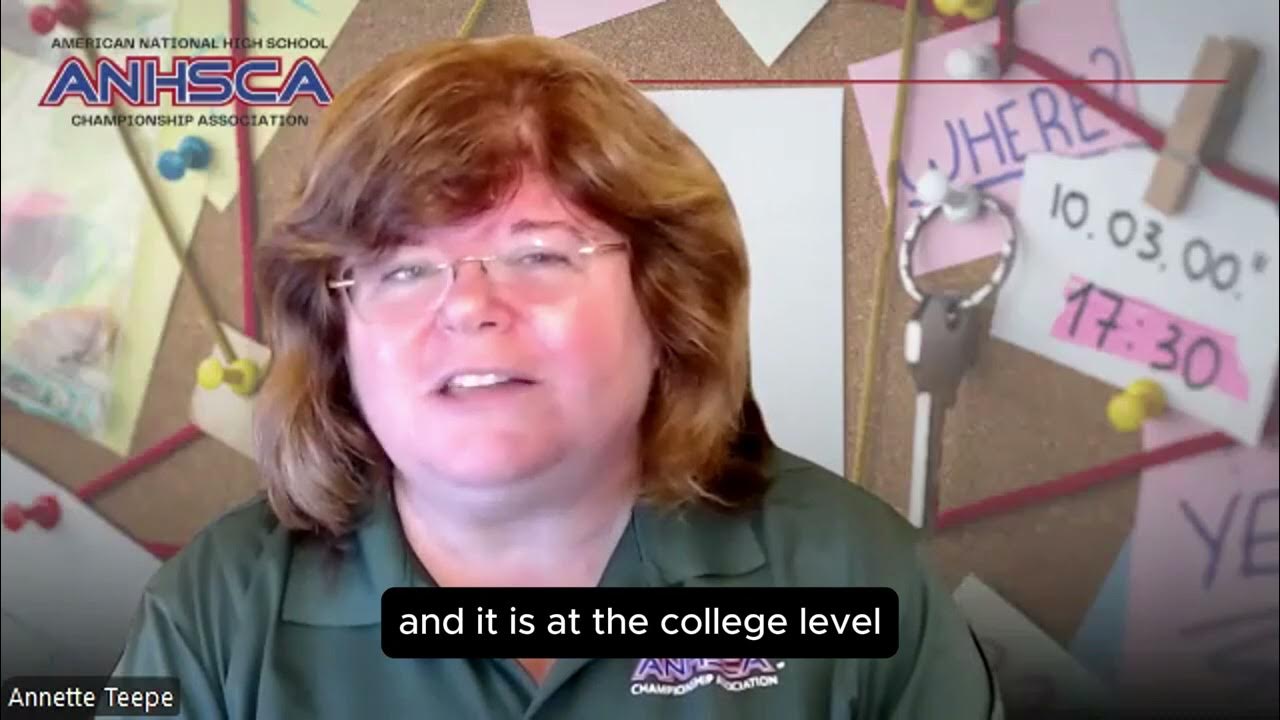4 Pillars of Education
Summary
TLDRIn this educational session, Dr. J explores the Four Pillars of Learning: to know, to do, to be, and to live together. These pillars aim to equip students with cognitive, practical, social, and personal skills essential for success in a globalized world. The session emphasizes developing metacognitive skills, soft skills, empathy, and self-awareness, and outlines effective teaching strategies for each pillar. Dr. J encourages educators to adopt constructivist methods, foster collaboration, and create personalized learning environments that cater to students' unique talents and needs, ensuring a holistic approach to education.
Takeaways
- 😀 Education is influenced by various factors, including beliefs, values, exposure, and upbringing, which contribute to an individual's philosophy of education.
- 😀 UNESCO's 1996 report defines education as a process to develop our talents fully and realize our creative potential, including personal responsibility for one's life and achievements.
- 😀 The Four Pillars of Learning (FPL) introduced by UNESCO—To Know, To Do, To Be, and To Live Together—are essential for holistic education and should be integrated into curricula.
- 😀 Learning to Know emphasizes the importance of reasoning, literacy, numeracy, memory, problem-solving, and critical thinking as foundational skills for students.
- 😀 Teachers must focus not only on the content but also on teaching students the process of acquiring knowledge, emphasizing metacognitive skills and self-directed learning.
- 😀 Learning to Do goes beyond practical application; it includes developing behavioral competencies such as communication, teamwork, adaptability, and conflict resolution.
- 😀 Soft skills, such as clear communication and effective listening, are essential for students to function well in the workforce and in social settings.
- 😀 Learning to Live Together fosters understanding and appreciation of diversity, cultural values, and the interdependence necessary for peaceful coexistence in a globalized world.
- 😀 Teachers should create opportunities for students to engage in collaborative work, solve conflicts, and learn from others' perspectives to enhance their ability to live together harmoniously.
- 😀 Learning to Be emphasizes the development of students' individuality and holistic growth, including physical, mental, social, and spiritual aspects, to help them fulfill their life's purpose.
- 😀 A curriculum should offer multiple opportunities for students to discover and nurture their unique abilities, fostering their personal and social contributions to society.
Q & A
What is the main mission of education according to UNESCO's 1996 report by Dolores?
-The main mission of education, as stated in UNESCO's 1996 report by Dolores, is to develop all our talents to the fullest and to realize our creative potential, including responsibility for our own life and achievements of personal aims.
What are the four pillars of learning introduced by UNESCO?
-The four pillars of learning introduced by UNESCO are: 1) To know, 2) To do, 3) To be, and 4) To live together.
Why are the four pillars of learning compared to pillars in a building?
-The four pillars of learning are compared to pillars in a building because, just like structural pillars are essential for holding up a building, these pillars are crucial for the foundation of education. If these pillars are not properly fulfilled, education cannot be achieved.
How does 'learning to know' prepare students for lifelong learning?
-'Learning to know' prepares students to become self-directed learners, enabling them to think critically and process information independently, which is key for learning throughout life.
What role does metacognition play in 'learning to know'?
-Metacognition plays a significant role in 'learning to know' as it helps students develop the ability to understand their own thinking processes. Teachers should help students not only learn concepts but also how to acquire and process knowledge.
What is the difference between 'learning to do' and 'learning to know'?
-'Learning to do' focuses on applying knowledge and developing skills, particularly behavioral competencies, such as teamwork and effective communication. In contrast, 'learning to know' is about acquiring foundational knowledge and understanding concepts.
Why is the development of soft skills emphasized in the 'learning to do' pillar?
-Soft skills such as communication, teamwork, adaptability, and conflict resolution are emphasized in 'learning to do' because they are essential for success in the workforce and for the overall development of a competent individual.
How can teachers foster 'learning to live together' in a classroom?
-Teachers can foster 'learning to live together' by promoting understanding and appreciation of diverse cultures, encouraging collaboration, teaching respect for individual rights, and exposing students to community service opportunities.
What does 'learning to be' mean in the context of education?
-'Learning to be' refers to the holistic development of students, ensuring that education nurtures their physical, mental, social, and spiritual aspects without compromising their individuality. It emphasizes self-awareness and the pursuit of one's unique potential.
How can educators ensure that 'learning to be' is upheld in their teaching practices?
-Educators can uphold 'learning to be' by providing diverse learning opportunities, fostering an environment where each student's unique talents and interests are valued, and allowing them to explore and develop their full potential.
Outlines

هذا القسم متوفر فقط للمشتركين. يرجى الترقية للوصول إلى هذه الميزة.
قم بالترقية الآنMindmap

هذا القسم متوفر فقط للمشتركين. يرجى الترقية للوصول إلى هذه الميزة.
قم بالترقية الآنKeywords

هذا القسم متوفر فقط للمشتركين. يرجى الترقية للوصول إلى هذه الميزة.
قم بالترقية الآنHighlights

هذا القسم متوفر فقط للمشتركين. يرجى الترقية للوصول إلى هذه الميزة.
قم بالترقية الآنTranscripts

هذا القسم متوفر فقط للمشتركين. يرجى الترقية للوصول إلى هذه الميزة.
قم بالترقية الآنتصفح المزيد من مقاطع الفيديو ذات الصلة

Vaginal Examination (PV) | Bimanual | OSCE Guide | UKMLA | CPSA

This INSANE time table helped me crack AIIMS twice - productive routine !

Perbedaan Linier dan NonLinier #Tbp 09/09/24 #dailyreflections

PEMBERIAN MGSO4 PADA IBU PEB

Exercise Scientist Puts Me Through A Brutal Leg Day

Intro to Forensics Club
5.0 / 5 (0 votes)
